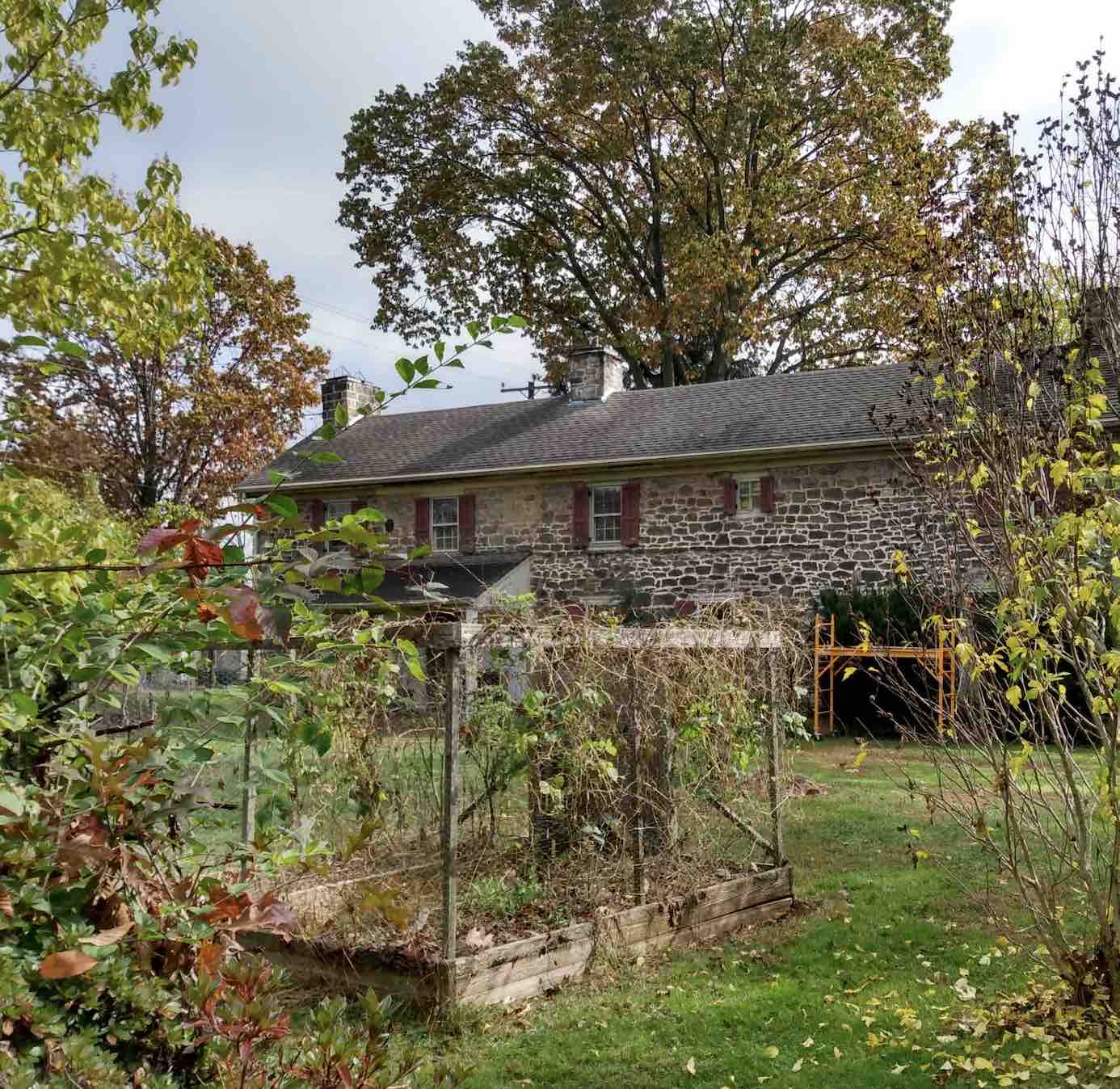
As the Earth hurtles ahead towards a hotter global climate with over 2 degrees or more of higher temperatures by 2100 (only to be followed by even more global heating as vast quantities of subterrainean and sub-sea methane frozen in clathrates inexorably thaw and are released into the atmosphere (as they are already beginning to do), there is a growing and disturbing trend among some climate scientists and climate journalists to write calming articles suggesting that perhaps things won’t be so bad.
The most recent of these is an article in the New York Times by the paper’s climate writer David Wallace-Wells suggesting that while it is unlikely that the nations of the world will succeed in holding down carbon emissions to an extent that a threshhold of 1.5 degrees Celsius of higher global temperature won’t be crossed, perhaps those partial efforts will at least slow the process and keep the global temperature from rising past 2.0 degrees Celsius by the end of the century.
Wallace-Wells, who a few years earlier was writing dire warnings about disastrous and rapid warming beyond 2.5 degrees Celsius in 2100, in this latest article writes:
For decades, visions of possible climate futures have been anchored by, on the one hand, Pollyanna-like faith that normality would endure, and on theother, millenarian intuitions of an ecological end of days, during which perhaps billions of lives would be devastated or destroyed. More recently, these two stories have been mapped onto climate modeling: Conventional wisdom has dictated that meeting the most ambitious goals of the Paris agreement by limiting warming to 1.5 degrees could allow for some continuing normal, but failing to take rapid action on emissions, and allowing warming above three or even four degrees, spelled doom.
Neither of those futures looks all that likely now, with the most terrifying predictions made improbable by decarbonization and the most hopeful ones practically foreclosed by tragic delay. The window of possible climate futures is narrowing, and as a result, we are getting a clearer sense of what’s to come: a new world, full of disruption but also billions of people, well past climate normal and yet mercifully short of true climate apocalypse.
Oddly, the same day his article appeared in the paper there was another article on a different page entirely (suggesting at best inattention by the paper’s editors) reporting on a warning by the UN Secretary General’s Office that without much stronger action by the nations of the world, especially the major industrial nations, nearly all of which have been falling well short on their carbon reduction pledges, global temperatures could reach as much as 3 degrees Celsius above 1990 levels. That would be a catastrophe for the environment, for human populations in poorer countries, and for the world as a whole, the warning continued. As Jim Skea, co-chair of the International Panel on Climate Change (IPCC) Working Group III which released the latest report, warning of the consequences of high and dangerously rising methane levels in the atmosphere, put it, “It’s now or never, if we want to limit global warming to 1.5 degrees Centigrade (2.7 degrees Fahrenheit); without immediate and deep emissions reductions across all sectors, it will be impossible.”
Meanwhile, another article minimizing the threat of climate change, published earlier in Climate Change Dispatch on Feb. 16, reported on a University of Colorado study saying:
The world is unlikely to reach the ‘worst-case scenario’ of climate change by the end of the century, according to a new study, that found efforts to reduce emissions are helping keep warming under control.
The Paris Climate Agreement goal to limit global warming this century to 3.6 degrees Fahrenheit over preindustrial temperatures was set in December 2015.
This urged nations to take action to reduce emissions of greenhouse gasses in order to forestall the most extreme climate change scenarios being predicted by scientists at the time – that could see temperatures rise by up to 9 degrees Fahrenheit.
However, a new study by the University of Colorado Boulder, which looked at the latest data on emission levels, found those extreme temperatures that would have led to a sharp rise in extreme weather events and sea rises are no longer plausible.
The researchers found that the extreme scenarios and temperature increase predictions were based on outdated data from 15 years ago, that didn’t take into account recent efforts to reduce emissions, and a move to renewable energy.
They said that temperatures are likely to rise by no more than 4 degrees Fahrenheit by 2100, and the 3.6F goal ‘is still within reach’ if emission reduction continues.
Climate Change Dispatch is a deceptive organization that calls those making alarming predictions of climate disaster “unscientific” and “science deniers” like the religious zealots who deny climate change altogether.)
I believe this kind of reporting and even research are a serious threat to action. This is the case whether the deceptively calming news comes from well meaning people, from slippery fake science organizations, or commercially funded think tanks, they are dangerous.,
Left out of such semi-rosy or comfort-inducing reports, including Wallace-Wells’ NY Times article, is the still largely ignored threat of ever increasing methane releases not just from exposed permafrost regions in Siberia and the northern regions of Alaska and Canada and under the shallow Arctic Ocean, but increasing exposure of ever larger ice-free areas around the edge of Greenland, and the exposure of shallow waters around Antarctica. Methane, a greenhouse gas 80 or more times as potent molecule for molecule as CO2, will increasingly wreak havoc with efforts to limit greenhouse gas in the atmosphere. Sure the projections of really high global temperatures by 2100 are based upon 15 -year-old data that has been shown to be incomplete, but they also did not conclude the impact of released frozen methane — a far greater date omission that works in the opposite direction on forecasts.
Nor are the impacts of such things as a slowing or even collapse of the Gulf Stream, expanding of desertification, loss of rainforests like in the Amazon region, and a limit to how many cars can actually be operated with lithium batteries.
Global warming deniers are going extinct, thank heavens, because the evidence of rapid climate change going on everywhere around the globe make their view laughable, but they are being replaced by supposed “realists” who are saying, essentially, “Calm down folks. Governments, businesses and the public are getting a handle on this problem. Maybe we will have to deal with 2 or 2.5 degrees of increased global temperature by 2100, but we can handle that. ”
My own observations suggest that we aren’t and and we can’t.
Check out the photo of my house taken on Nov. 1, a day after Halloween in southeastern Pennsylvania about 10 miles north of Philadelphiam and notice all the green leaves on the huge oak tree behind it. Just 20-25 years ago when we moved here, and I had little kids of trick-or-treating age, I remember there were no deciduous trees still with their leaves attached, even in fall colors much less green, when they’d go out trick-or-treating. Often their costumes had to be hidden beneath winter coats because at night it would be well below freezing by Oct. 31. This Halloween, the temperature was over 60 degrees Fahrenheit, my tomatoes are still growing red on the vines (which still have their green leaves) because we haven’t yet had even a minor frost, and none is predicted for here until at least Nov. 14.
I also have two thriving palm trees that I planted on the south side of my house four and five years ago, correctly anticipating a coming climate here that would resemble what we were seeing in southeastern Virginia a decade or two ago, nd where people already had tall palmetto-type palms growing outside their homes.

Nor do these climate Pollyannas discuss the disaster even two degrees Celsius in rising global climate means for many or most local flora and fauna. We’re about to see the end of the Emperor Penguin in Antarctica because of melting ice sheets and shrinking food sources, and more locally of the Monarch butterfly (I only saw one this year visiting the milkweed plants I have allowed to spread into the lawn). Local Ash and Maple trees are plagued by invasive bug-carried diseases that used to be prevented by hard freezes that killed the beetles and moths and the eggs they laid, before they could hatch out in spring, and other major plants and animals are also struggling with increased heat in summer, and the lack of adequate cold in winter.. Bees of all kinds and in fact the. majority of all insects are disappearing, along with the songbirds that feed on them, and while some of that is attributable to herbicides, insecticides and development, a lot has to do with climate stress. Across the country commercial crops are failing because of heavier rains alternating with worsening droughts and hotter summers.
And remember, all these crises are vastly worse in the poorest parts of the world, where hundreds of millions or even billions are doomed to die of thirst or hunger if they don’t migrate to livable climate zones (a major challenge as populist and even fascist governments rise over the issue of immigration).
That brings up the issue of societal collapse, which climate pollyanna’s tend to dismiss as being unlikely or just an alarmist paranoid fantasy. And yet look at the chaos we are seeing around the globe already. It’s well known that the bloody conflict in Syria was rooted in climate change in that country increasingly dry and inhospitable country. Israel’s intransigence about resolving the Palestinian issue, which has poisoned politics in much of the Middle East for years, has much to do with acquiring access to more fresh water and arable Arab land. Even the Ukraine War, which threatens the world with a nuclear holocaust, has its environmental aspect. Ukraine is a literal breadbasket for Europe and the world and with much of Russia’s grain regions further east suffering increasing drought, Moscow probably would like to have control of a wheat-growing region with more reliable rainfall.
Closer to home, the fratricidal political feuding in the US, which is pitting struggling farm states against bi-coastal more commercial and industrial regions not as threatened by drought, and between low-lying states in the southeast facing ever more powerful climate-driven storms and less threatened northeastern states whose communities sit at higher elevations and can view sea-level rise and increased flooding as a more distant threat, show how rapidly even a once fairly homogeneous polity and society can fragment and fall apart.
When the world is “only” two or more degrees Celsius (or four degrees Fahrenheit) warmer in a few more decades, and the seas have risen by a few feet or more, with millions instead of tens of thousands of desperate immigrants pressing north to escape even worse disasters, it’s not hard to imagine bloody chaos in the US, and perhaps Canada building its own wall to keep desperate US refugees at bay.
And remember too, that what these climate Pollyannas are not mentioning is that even if they turn out to be right, and the Earth’s average temperature by 2100 has “only” risen by 2 degrees Celsius instead of the 3 or 4 degrees that scientists were worrying about by then, the global heating will not stabilize in 2100. It will continue to raise temperatures for decades and centuries as the various “tipping points” along the way lead to vicious and unstoppable cycles of causality, like the release of prehistoric long-buried methane clathrates and the loss of the reflective ice at the North Pole, on Greenland, and on vast swathes of the Antarctic continent and its ice shelves, all of which will propel the process of global heating forward whatever government policymakers do .
You cannot prettify or downplay this crisis.
